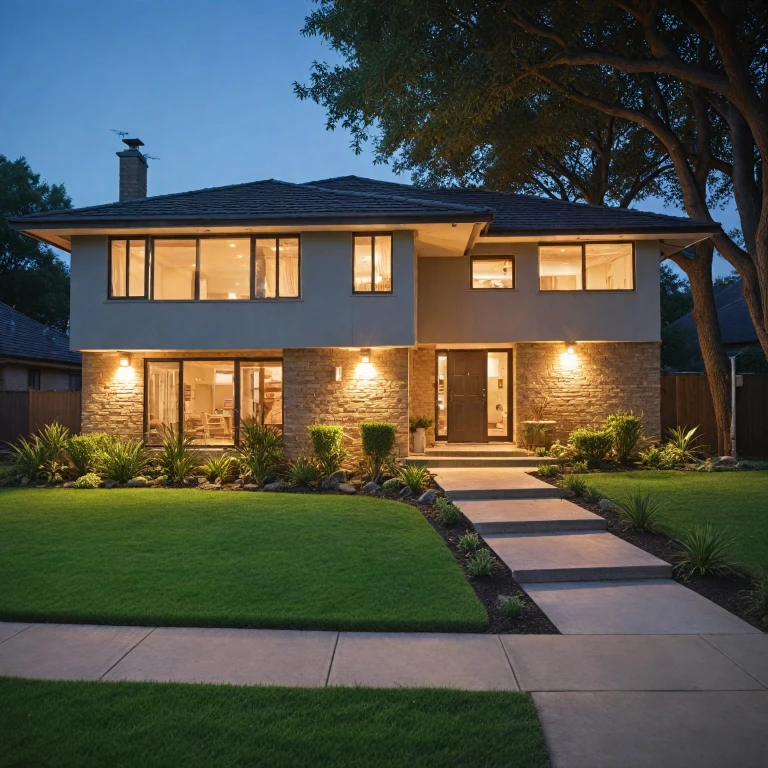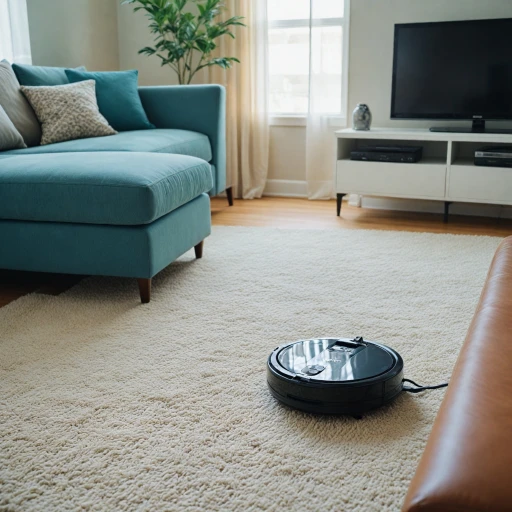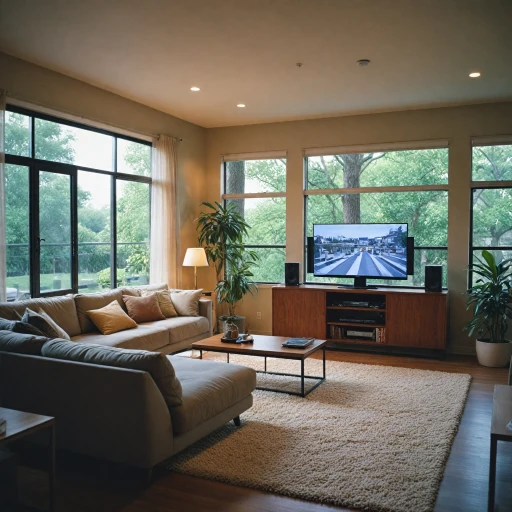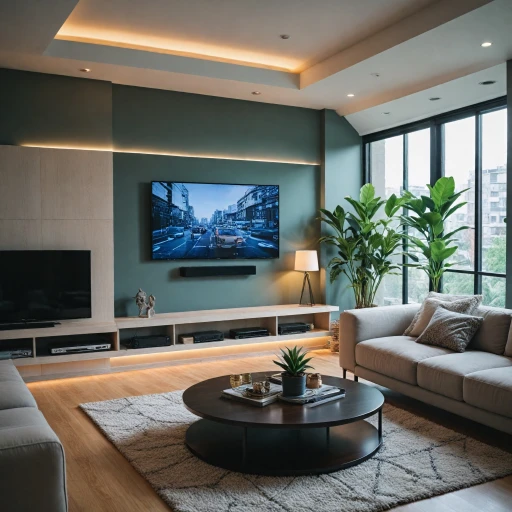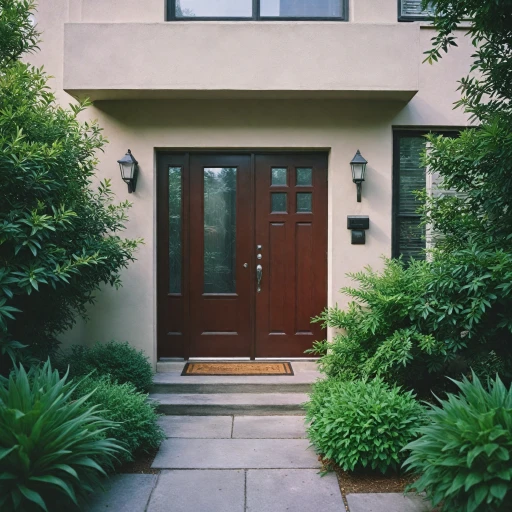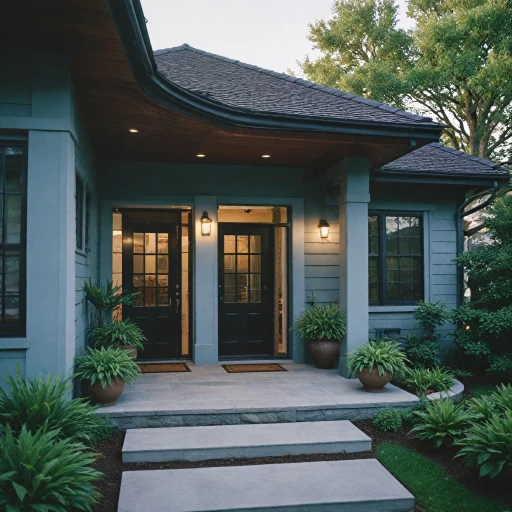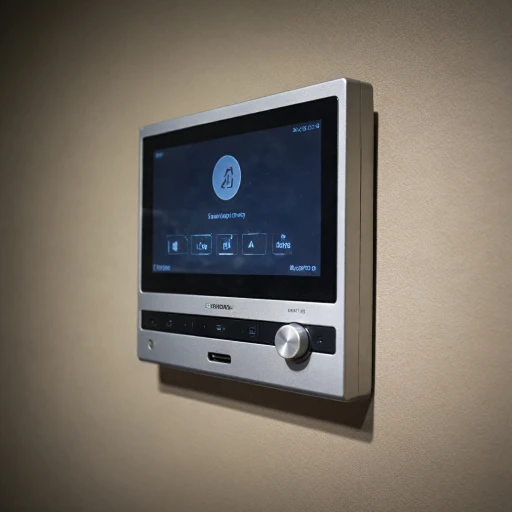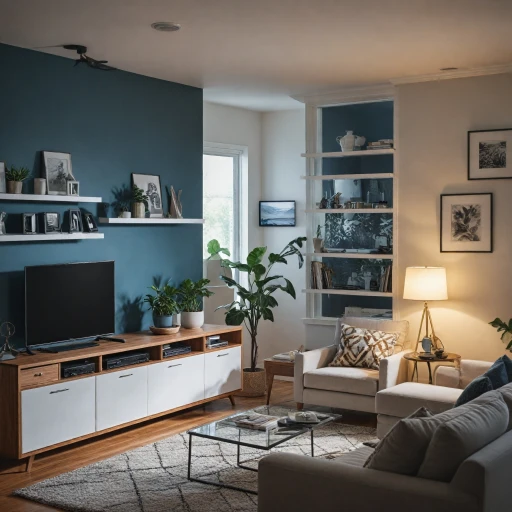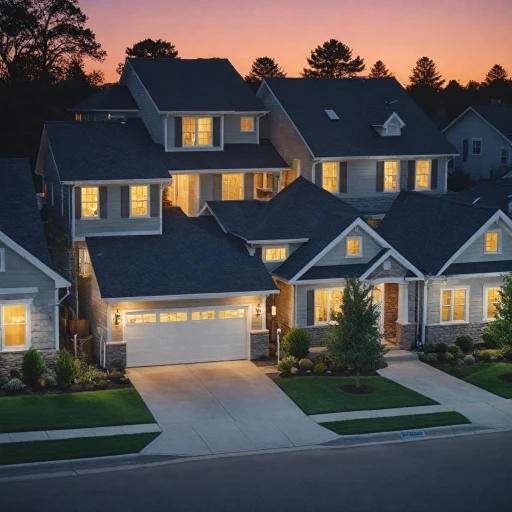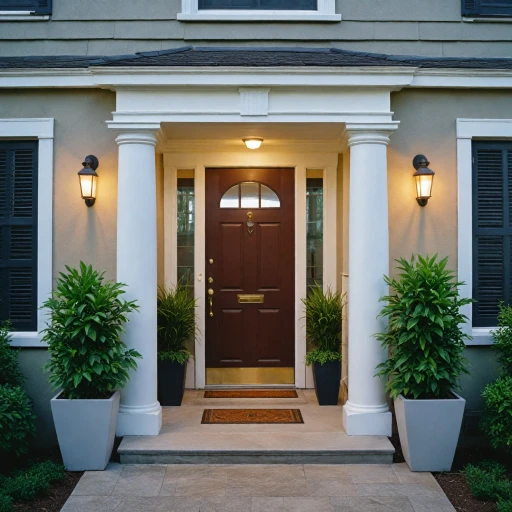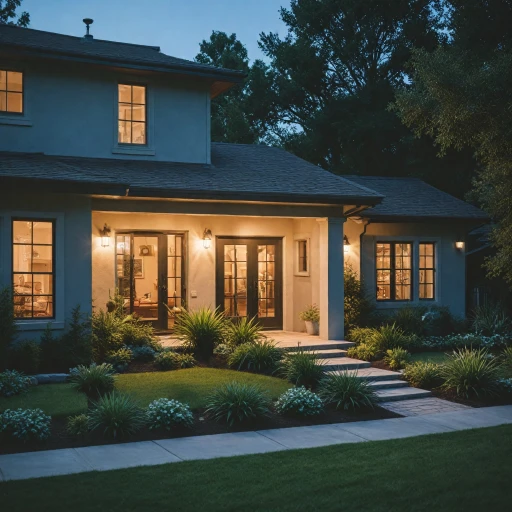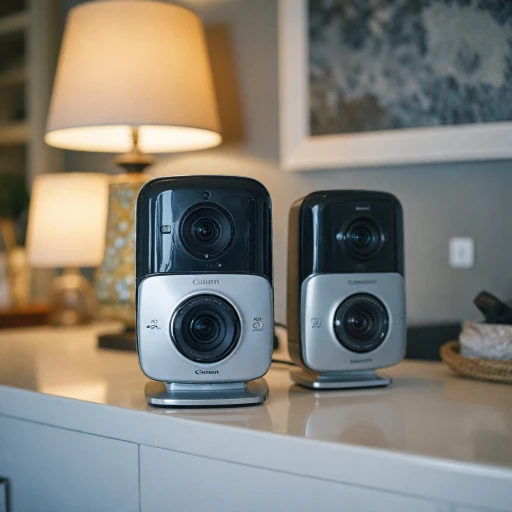
Understanding the Basics of a Four-Camera Security System
The Components of a Four-Camera Security System
A four-camera security system is an excellent option for homeowners looking to enhance security measures around their property. Understanding the basics of this setup is crucial for making informed decisions. Typically, a system includes four surveillance cameras, often with night vision and human detection capabilities, a network video recorder (NVR), and the necessary cables and accessories.
NVR and Connectivity
An integral part of the system is the NVR, which is used to manage and store video feeds from the cameras. Systems often support multiple channels, so choosing an NVR with a sufficient number of channels is important for future expansion if you plan to add more cameras. The preference for a channel NVR with PoE (Power over Ethernet) technology can simplify the setup by providing power and data connection through a single cable.
Camera Features and Variations
When selecting cameras, it's essential to consider the features that will provide the best value and functionality. Key features encompass motorized lenses for adjustable zoom, color night vision for clarity in low-light conditions, and built-in microphones for capturing audio. Some even come equipped with a siren alarm for added peace of mind.
Ensuring Durability and Reliability
Durability is a crucial consideration, especially in outdoor settings. Vandal-resistant designs will help to protect your equipment from damage. Opting for a reliable video detection system enhances security by alerting you to any movement.
These components work together to provide a comprehensive security system. Understanding each element's role will assist you in building a robust camera setup that meets your specific needs and budget. As you consider investing in one, understanding potential pitfalls and maintenance can be crucial. Exploring the advantages linked to 4K surveillance cameras provides further insight into optimizing your security cameras setup.
Key Benefits of Installing a Four-Camera Security System
Exploring the Advantages of a Robust Security Setup
A four-camera security system offers homeowners enhanced visibility and peace of mind. By strategically placing these cameras around your property, you can effectively monitor your home from multiple angles. Here are some key benefits you can expect from installing such a system:- Comprehensive Coverage: With four cameras, you can cover crucial areas such as entry points, driveways, backyards, and other vulnerable spots. This ensures no blind spots, enhancing your home's overall security.
- Deterrent to Crimes: Visible security cameras, especially those equipped with night vision and motorized lens features, can deter criminal activities. Potential intruders are less likely to target a home with a robust security setup.
- Advanced Detection Features: Invest in systems with human detection and motion detection capabilities. These features allow your camera system to distinguish between humans and other movements, minimizing false alarms and enhancing efficiency.
- Ease of Monitoring: For real-time surveillance, consider integrating a channel NVR security setup that offers live video feeds. This helps maintain vigilance from virtually anywhere, leveraging remote monitoring.
- Enhanced Night Vision: Many advanced cameras now offer color night vision, making it easy to identify details, even in low-light conditions. This is crucial for nighttime security when visibility is typically lower.
- Audio Capabilities: Security cameras equipped with a built-in microphone allow for audio monitoring, providing an extra layer of security. Some systems offer two-way audio, enabling communication through your security system.
Choosing the Right Cameras for Your Home
Selecting the Ideal Security Cameras for Your Home
Choosing the right cameras for your security system is a crucial step in enhancing your home's safety. With a myriad of options available, it's essential to consider the features that best align with your security needs. Here's a helpful guide to assist you in making an informed decision:- Lens and Image Quality: The clarity of your surveillance footage significantly depends on the quality of the lens. Opt for cameras with a high-resolution lens and options like motorized zoom to capture detailed images both close up and at a distance.
- Night Vision Capabilities: For comprehensive security, especially during nighttime, choose cameras with advanced night vision features. Consider options like color night vision which enhances image clarity even in low-light conditions.
- Detection and Audio Features: Human detection capabilities will help identify persons accurately, minimizing false alarms. Integrated microphones enhance the functionality of audio detection, enabling a more powerful surveillance and potentially alerting you to sounds typical of break-in activities.
- Durability and Weather Resistance: Outdoor cameras should be weather-resistant with vandal-proof casing to maintain operation under various environmental conditions.
- Power and Connectivity: Power over Ethernet (PoE) cameras simplify installation by using a single cable for power and data transmission. Channel security and NVR security systems often offer seamless integration and expanded control over multiple cameras.
- Price and Additional Costs: Budget is always an important consideration. Assessing the camera's price relative to its features ensures value for money. Also, include incidental costs such as additional storage or cloud-based video services.
Installation Tips for Optimal Coverage
Strategic Allocation for Maximum Efficacy
When setting up a four-camera security system, strategic placement is key to optimizing coverage and minimizing blind spots. Consider the most vulnerable entry points such as front and back doors, garage entrances, and large first-floor windows. A well-thought-out configuration ensures that the security system creates an encompassing protective barrier around your home.
Height, Angle, and Lens Considerations
Height and angle play crucial roles in capturing optimal video footage. Installing cameras high up helps prevent vandalism and provides a broader field of view. Yet, it’s essential to ensure they remain within range to capture clear facial recognition. Motorized lens options support flexibility, allowing you to motorize zoom in or out as required. Select cameras with wide-angle lenses, particularly for larger areas, ensuring comprehensive coverage without needing additional cameras.
Lighting and Night Vision Efficiency
Consider your property's lighting conditions both day and night. Cameras equipped with night vision or color night vision capabilities can offer enhanced visibility in low-light conditions. When setting up, verify that nearby lights don’t cause glare on the footage, impacting video detection efficiency. Camera systems with built-in infrared technologies support consistent monitoring, regardless of the time.
Powered Over Ethernet Efficiency
For those considering a professional setup, Power over Ethernet (PoE) simplifies the process. It requires running a single cable per camera, transmitting both power and data. PoE reduces clutter and ensures a more reliable power supply, essential for cameras with advanced features, such as human detection or a built-in microphone for capturing audio.
Integrating Sound Alerts and Smart Features
Add peace of mind with additional features like a siren alarm or integrating the camera with a smart security system. These added functionalities alert you to potential intruders and allow for real-time responses. Integrating a channel NVR into your channel security ecosystem ensures all cameras channel video feeds into a central system, offering ease of access and better management.
By thoughtfully considering these factors, homeowners can optimize their security camera setup and gain confidence in their home protection efforts.
Integrating Your Security System with Smart Home Technology
Seamlessly Merging Your Security System with Smart Home Features
Integrating your security camera system with smart home technology not only enhances functionality but also provides a comprehensive security solution. A well-integrated system allows you to control your security cameras remotely and offers multiple features for peace of mind. Here are a few key considerations and tips for successful integration:- Compatible Devices: Ensure that your security cameras and channel NVR (Network Video Recorder) are compatible with existing smart devices like your smartphone, tablet, or home assistant. Compatibility ensures a seamless connection and easier control of your security system.
- Smart Features: Look for security cameras that offer advanced features such as human detection, night vision, and color night options. These features provide clearer footage regardless of the time of day, and human detection can alert you to potential intrusions more accurately.
- Remote Access: The ability to access your surveillance cameras remotely is crucial. This can be achieved through an app that connects to your system, enabling you to view live feeds and receive instant alerts on your device.
- Integrated Audio: Security systems with built-in microphones and the option for audio interaction can add an additional layer of protection. A camera with a microphone allows for two-way communication and can be used as an intercom to deter unwanted visitors. Some systems even include a siren alarm for added security.
- Power over Ethernet (PoE): Consider utilizing PoE technology for your cameras and NVR security systems. PoE not only provides a reliable power source but also simplifies installation by reducing the need for multiple cables. Consider choosing cameras with a motorized lens that allow for remote adjustments in zoom and focus.
Maintaining and Troubleshooting Your Security System
Regular Care and Solutions for a Healthy Security System
To keep your home security camera system running effectively, ongoing maintenance and troubleshooting are essential. Frequent technical issues or unanticipated breakdowns can be frustrating and potentially compromise your safety. Here are some practical recommendations to ensure optimal performance:- Routine Inspections: Regularly inspect your cameras to check for any physical damage, such as cracked lenses or vandal marks. Keeping an eye on the hardware ensures seamless operation and longevity.
- Lens Cleaning: Dust and dirt can accumulate on the camera lenses, affecting the quality of video output. Clean the lenses with a soft, lint-free cloth to maintain clear images, improving video detection capabilities.
- Firmware Updates: Manufacturers frequently release firmware updates to optimize performance and add new features. Keep your security system up-to-date to benefit from enhancements like improved human detection or color night vision.
- Check Connections: Make sure all physical connections, whether Power over Ethernet (PoE) cables or standard AC connections, are secure. Loose connections might lead to power issues, impacting the performance of NVR security channel systems.
- Review Video Storage: Regularly check your channel NVR to ensure it's recording and storing video correctly. Sort through stored footage to manage space effectively and add new storage options if needed.
- Testing Audio Components: If your system features built-in microphones or audio capabilities, periodically test these to ensure they capture sound as intended. This adds a layer of peace of mind, especially in dynamic environments.
- Address Issues Promptly: As soon as you detect any problems, address them promptly to prevent them from evolving into more significant concerns. Whether it's a simple software glitch or a hardware failure, swift action is key.

